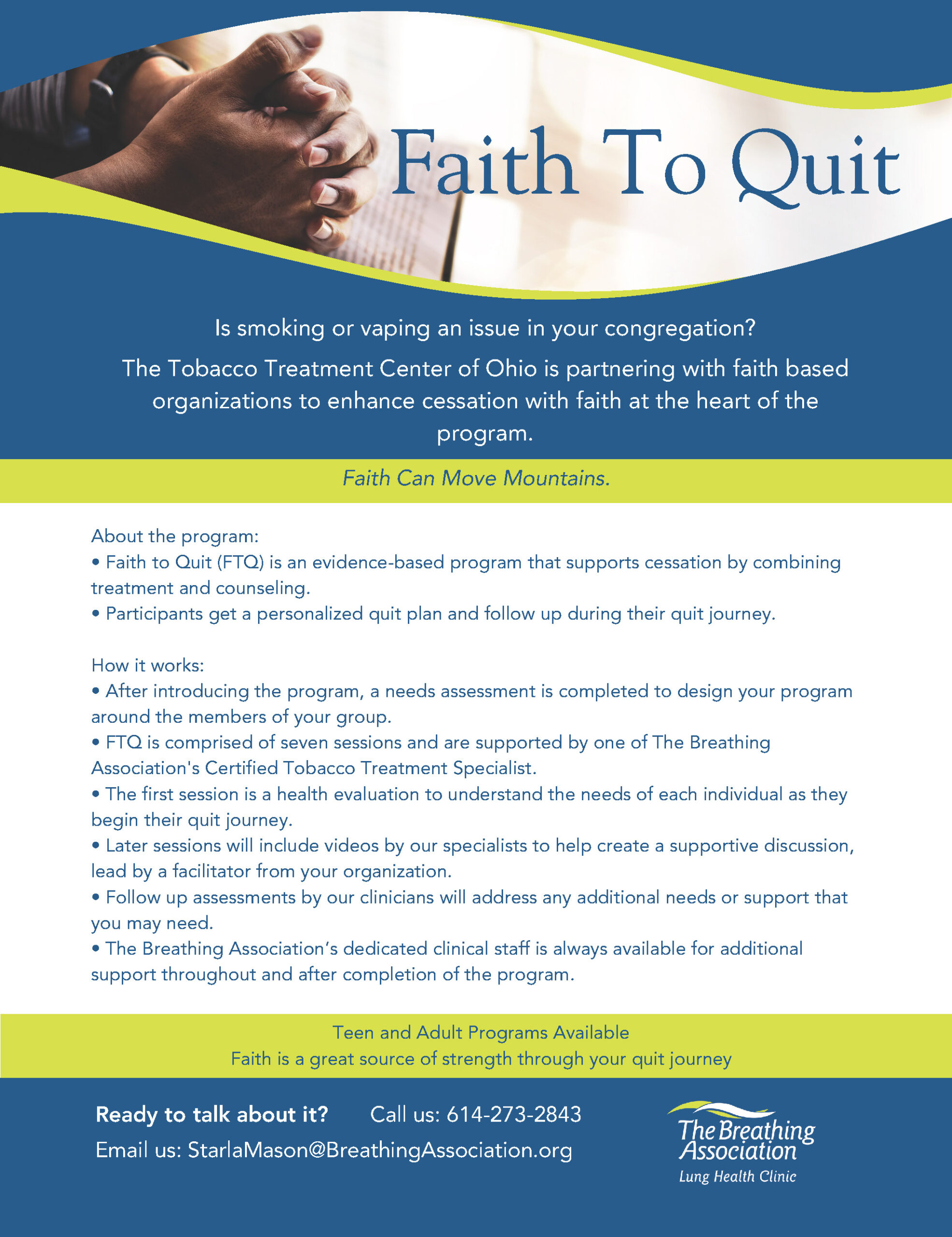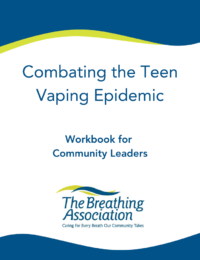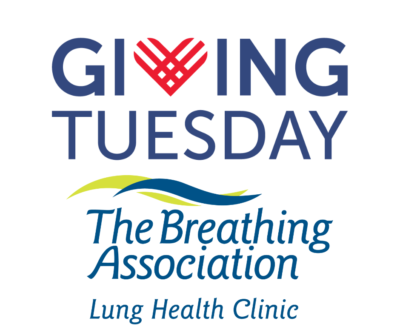Is Smoking Weed Safer Than Smoking a Cigarette?
In recent surveys, the majority of Americans feel that inhaling marijuana smoke is safer than inhaling smoke from tobacco. Most Americans also believe that there is less harm to both adults and children who are exposed to secondhand marijuana smoke than cigarette smoke.
Does science back up these growingly popular concepts? Nope, we are learning more about the risks of marijuana use at an amazing rate. The fact is, when you burn tobacco or cannabis, it creates carcinogens which are toxic as well as particulate matter that is harmful to one’s health. There is a growing concept that because cannabis is “natural”, inhaling or burning it is fine. Again, that is simply not true.
It is a ridiculous concept to debate if smoking cannabis is safer than smoking cigarettes. That is no more useful than asking, ‘Is eating a box of cookies healthier than eating a cake?’ NO added smoke is safe for our health.
There were surveys analyzed from 2017, 2020, and 2021. They showed that American’s positive perception of marijuana increased each year. The last year of the survey, 2021 shows that over 44% thought cannabis was somewhat or much safer than cigarette smoke. How about the harm of secondhand marijuana smoke? Over 40% thought smoke from marijuana was safer than cigarette smoke.
Friends, we have so much work to do. As health professionals, educators, parents, or grandparents, we need to have conversations about facts like these. It’s not preaching about how using these products is going to ruin our teen’s lives. It’s about taking advantage of organic conversations about what they are seeing at school and in their community. What their friends may or may not be doing. And always, with an open mind, have conversations where there is an opportunity to drop some knowledge.





